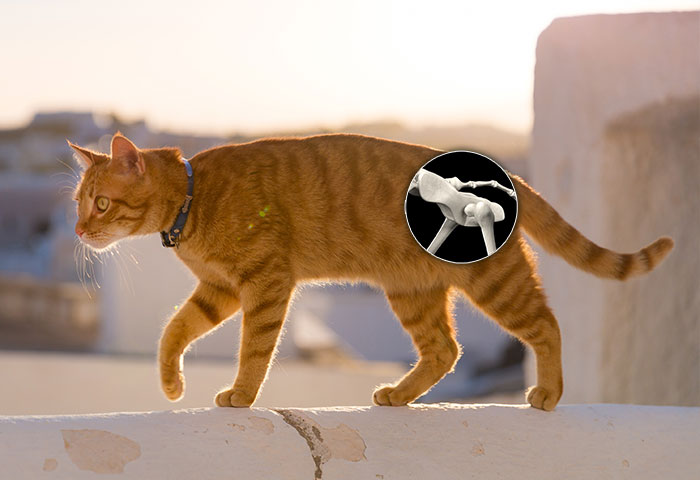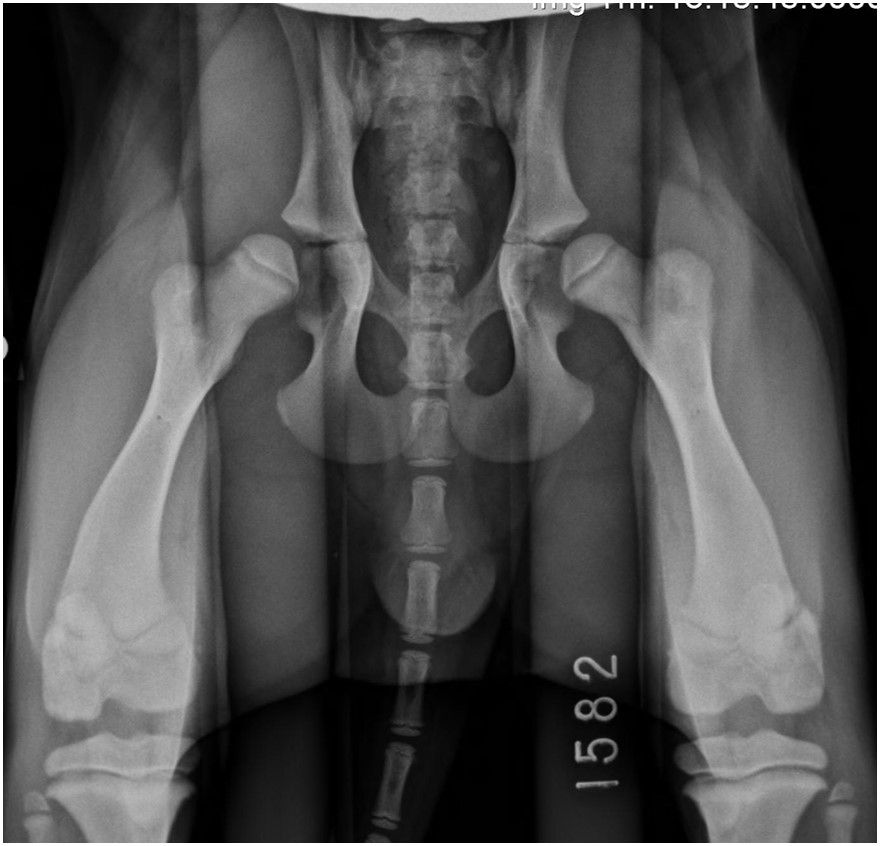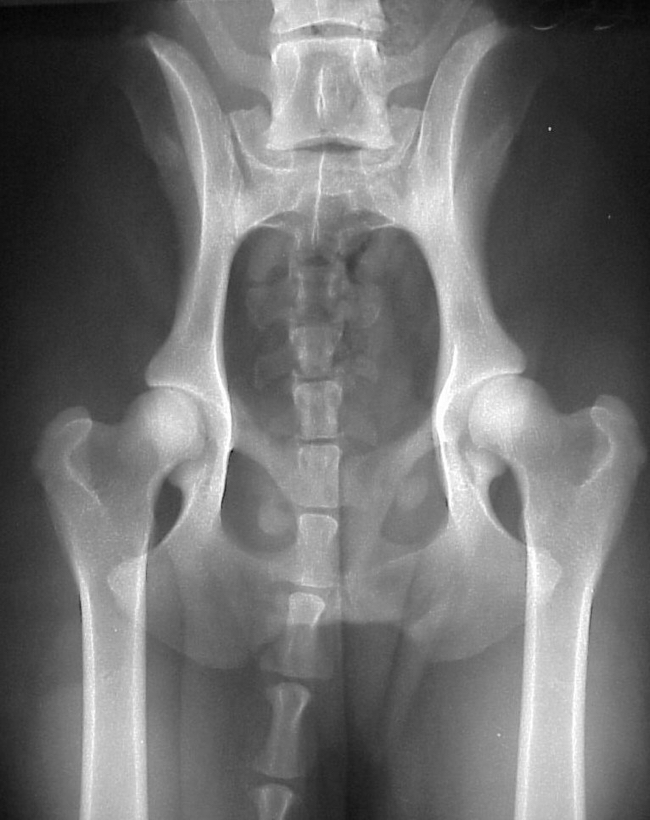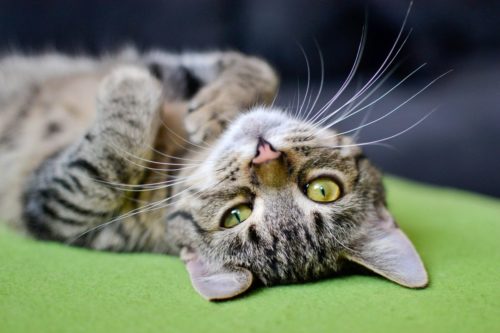Hip surgery is the treatment of choice for many hip conditions in dogs. The problem begins when cats develop hip dysplasia, in which the femoral head develops an abnormal shape and misfits the acetabulum.

Feline Hip Dysplasia Semantic Scholar
This creates a new joint for the body to use.

Hip dysplasia in cats surgery. Your dog's hip surgery is most likely required to address hip dysplasia, a common hereditary condition affecting many breeds, and particularly the larger breeds.hip dysplasia means that the hip joint has not developed properly, leading over time to impeded movement and significant pain. It can be performed on cats and dogs as small as 4 pounds. To investigate the association between hip dysplasia (hd) and medial patellar luxation (mpl) in cats.
Considering how uncommon hip dysplasia is in cats, if your feline is diagnosed with the disease then there may be a need to stop your cat's parents from breeding with one another again. This means that it is the most effective, permanent, and successful treatment available allowing dogs (and cats) to resume a healthy, happy, and normal life. This article will focus on the surgical treatment options, giving the veterinary nurse (vn) the knowledge of the options available and.
Hip dysplasia is a painful genetic deformity of the hips associated with larger breeds of dog.for a long time, vets didn't think that cats suffered from hip dysplasia. A total hip replacement (thr) is a surgical procedure during which the entire hip joint is replaced. Hip dysplasia is thought to be the most commonly diagnosed orthopaedic condition in dogs.
For advanced cases of hip dysplasia in cats, surgical options are available to relieve symptoms. Following the surgical procedure, the cat may suffer from mechanical lameness, with the affected limb appearing a little shorter, but the leg will have a normal range of motion. Canine hip dysplasia is a genetic condition that manifests with malformed hip joints.
Although surgery helps cats and dogs in many ways, it is not always the answer when it comes to hip dysplasia. Thus laxity in kittens is thought to play an important role in the pathogenesis of hip dysplasia. Typically, thr is used in older cases of hip dysplasia, severe trauma, or hip luxation.
The presence of joint fluids, muscles and cartilage make the hip joint function smoothly and normally. Glucosamine chondrotin is a natural supplement which is used to treat. The reported incidence of hip dysplasia (hd) in cats varies dramatically between studies, but the condition is likely more common than we realise.
Despite this, little is known about fhd except that it is relatively common. Feline hip dysplasia (fhd) is a debilitating condition affecting the hip joints of millions of domestic cats worldwide. The two surgical options for adult cats with advanced hip dysplasia are a total hip replacement (thr) and an excision arthroplasty (ea).
The condition may start taking its toll when the puppy is five months old and exerts more severe clinical signs over time as the dog reaches its senior age years. There is little doubt that cats with hd and associated osteoarthritis (oa) suffer pain, and this warrants appropriate therapy. Crossref hervé monchot, claude guintard, chronic diseases in cats from the medieval site of qalhât (oman), international journal of paleopathology, 10.1016/j.ijpp.
In the case of a thr, the hip joint is removed and replaced with an artificial ball and socket joint. There are several conservative recovery strategies used by vets to improve stability and strengthen the body, particularly in canines. Increased hip laxity is associated with an increased incidence of degenerative joint disease in the hip arthritis:
This involves removal and replacement of the hip joint with an artificial device. There are both conservative and surgical treatment options available to the owner and there will be a number of factors which will be involved in their decision making. Cats with hip dysplasia will thus, have a joint that is unstable, stiff, inflamed and painful.
Weak association between hip dysplasia and medial patella luxation patella: Cats were examined to detect mpl and hd. The less costly alternative to total hip replacement, this surgery removes the hip joint entirely;
Hip dysplasia is a birth defect of the hip's ball and socket joints that today is not uncommon in pet cats and dogs and can result in pain and limited movement. A complete history was obtained. However, it's now been discovered that cats are vulnerable to this crippling disease as well.

Hip Surgery In Your Dog Or Cat

Cats Hide Signs Of Hip Dysplasia - Catwatch Newsletter

Surgical Treatment Options For Hip Dysplasia The Veterinary Nurse

Hip Dysplasia In Dogs And Cats Long Beach Animal Hospital

Rata Vet Surgery

New Knowledge And New Treatments For Feline Hip Dysplasia College Of Veterinary Medicine At Msu
Journalssagepubcom

Cats Hide Signs Of Hip Dysplasia - Catwatch Newsletter

Feline Hip Dysplasia Semantic Scholar

Feline Hip Injuries - Packerland Veterinary Center

Ellisons Journey With Hip Dysplasia Pelaqita Persians

Hip Dysplasia - Fitzpatrick Referrals

Indications For Total Hip Replacement In Dogs And Cats Texvetpets
Journalssagepubcom

Feline Hip Dysplasia Semantic Scholar

Hip Surgery- Armstrong Pet Hospital - For Cats Dogs Pets Animals

Hip Dysplasia In Cats Signs Treatment And Prevention Daily Paws

Feline Hip Dysplasia Semantic Scholar

Hip Dysplasia In Cats A Helpful Guide Canna-pet
Hip Dysplasia In Cats Surgery. There are any Hip Dysplasia In Cats Surgery in here.